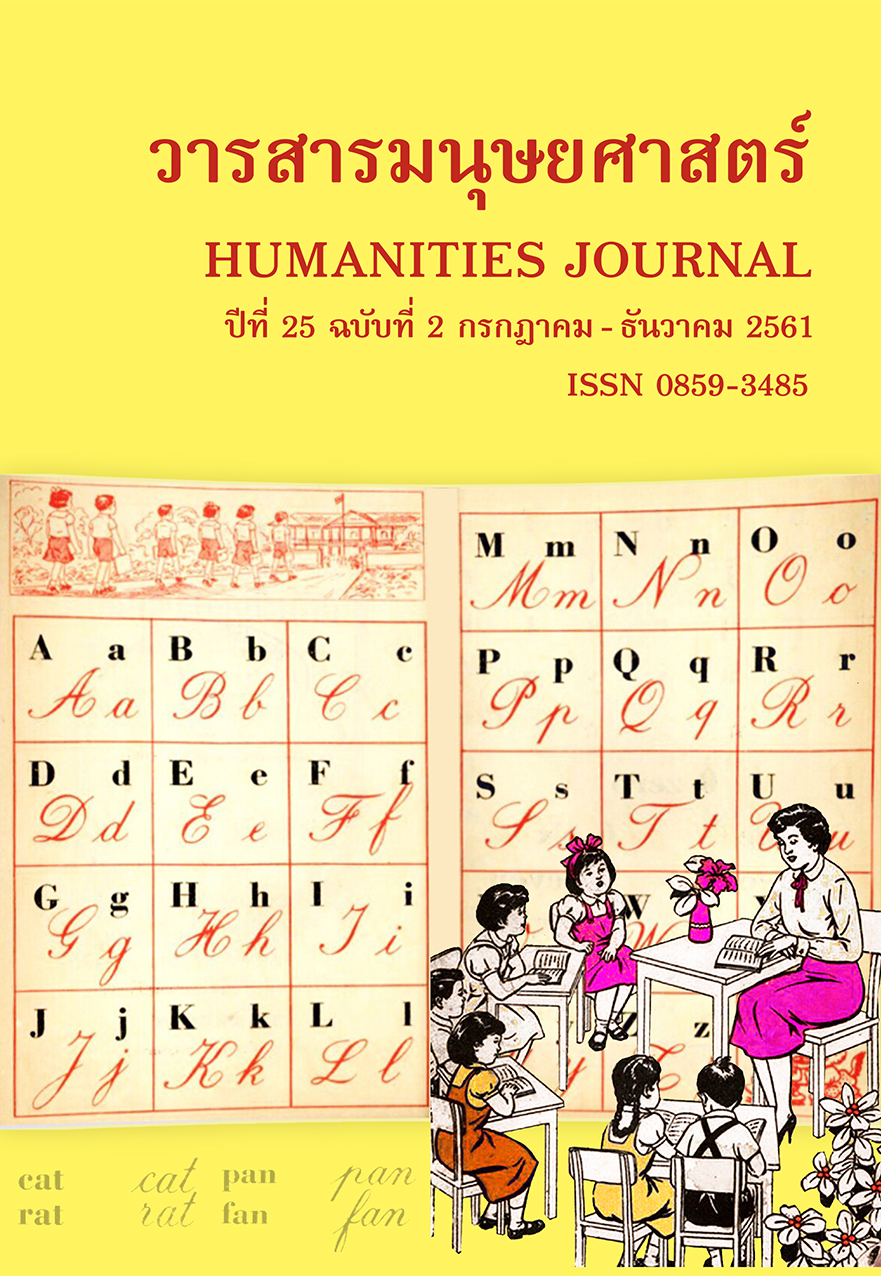วิเคราะห์ความสัมพันธ์ของการปฏิบัติสมถภาวนา และวิปัสสนาภาวนาต่อการบรรลุธรรม
Main Article Content
Abstract
This research was qualitative research, and the objectives of this research were 1) to study the practice of samathabhāvanā and its importance in Enlightment 2) to study the practice of vipassanābhāvanā and its importance in Enlightment and 3) to study an analyse of the relationship between samathabhāvanā and vipassanābhāvanā in their approach to achieving Enlightenment.
It was found that the practice of samathabhāvanā is necessary factor in Enlightenment. The practice of meditation is to still the mind, such that the mind will progress through the levels of jhāna. There are eight levels of jhāna, four rūpajjhānas and four arūpajjhānas (non-rūpajjhānas). The arūpajjhāna level is the highest level of samathabhāvanā, at which liberation from defilement can be obtained at the lōkiya (mundane) level. Once the mind can remain at the highest level, practice can then proceed to vipassanābhāvanā, which can then lead to the elimination of saññojana and then the attainment of arrantship, which is the liberation from defilement at the level of lōkuttara (supermundane). With regard to Enlightenment, ariya-magga (the noble eightfold path) is the way to become free from the suffering in the level of vipassanābhāvanā. The insight available at this level can perceive the ariya-sacca (the Four Nobel Truths) through three phases and twelve actions. Ultimately this perception allows all defilements to be removed.
The relationship between samathabhāvanā and vipassanābhāvanā has four possible paths which lead to attaining the enlightenment. The first of these is samatha as the base of vipassanā; the second path is vipassanā as the base of samatha, the third path is vipassanābhāvanā and samathabhāvanā, which are always together; and the fourth path is the mind without distraction in dhamma. All these paths are very significant for attaining Enlightenment, the first and the second paths are the paths that lead in the same direction, that is, using samathabhāvanā (the eight samāpatti) as a base of vipassanābhāvanā. The second path is the path of introspection through vipassanābhāvanā, as a way of considering the Ti-Lakkhana (impermanence (anicca), suffering (dukkha) and not-self (anattā)) through human wisdom. This continues until one who practices is able to become free from attachment, the mind is stable in concentration, and able to reach jhāna then to proceed to develop to vipassanā. The third path is that of vipassanā level, the practice to attain Enlightenment. Following this path,vipassanābhāvanā must always be done with samathabhāvanā. Samathabhāvanā renders the mind still at the level of lōkuttarajhāna and the superior sight of vipassanābhāvanā, can see through the five khandha (the five aggregates) by ariya-sacca (the Four Nobel Truths) with yonisomanasikāra (wise consideration) and then eradicate saññojana and attain the enlightenment at last. The fourth path is the mind without any distractions; it keeps the mind clear which enables one to maintain the practice until attaining Enlightenment. Therefore, when those who practice know the process and significance of samathabhāvanā and vipassanābhāvanā, then, they are able to practice in the correct way.
Article Details
References
ประคุณสรกิจ (สุชาติ ชิโนรโส), พระครู. (2537). การศึกษาวิธีการสอนวิปัสสนากรรมฐานตามแนวทางของสานักวิเวกอาศรม (วิทยานิพนธ์มหาบัณฑิต สาขาพุทธศาสตร์).มหาวิทยาลัยมหาจุฬาลงกรณราชวิทยาลัย, กรุงเทพฯ.
ประชิต ธมฺมวโร (ผาตากแดด), พระ. (2548). มโนทัศน์เรื่องญาณในคำสอนพระพุทธศาสนาเถรวาท: การศึกษาเชิงวิเคราะห์ (วิทยานิพนธ์มหาบัณฑิต สาขาพุทธศาสน์ศึกษา). มหาวิทยาลัยมหามกุฏราชวิทยาลัย, กรุงเทพฯ.
พรรณราย รัตนไพฑูรย์. (2544). การศึกษาวิธีปฏิบัติวิปัสสนากรรมฐานตามแนวสติปัฏฐาน 4 ศึกษาแนวการสอนของพระธรรมธีรราชมหามุนี (โชดก ญาณสิทฺธิ) (วิทยานิพนธ์มหาบัณฑิต สาขาพุทธศาสตร์). มหาวิทยาลัยมหาจุฬาลงกรณ ราชวิทยาลัย, กรุงเทพฯ.
พระธรรมปิฎก (ป.อ. ปยุตฺโต). (2543). พจนานุกรมพุทธศาสน์ ฉบับประมวลศัพท์ (พิมพ์ครั้งที่ 9). กรุงเทพฯ: มหาจุฬาลงกรณราชวิทยาลัย.
พระพรหมคุณาภรณ์ (ป.อ. ปยุตฺโต). (2555). พุทธธรรม (ฉบับพิมพ์ครั้งที่ 32). กรุงเทพฯ: มหาจุฬาลงกรณราชวิทยาลัย.
มหามกุฏราชวิทยาลัย. (2541). พระไตรปิฎกและอรรถกถาแปล เล่มที่ 16, 17, 19, 51, 68, 76. กรุงเทพฯ: มหามกุฏราชวิทยาลัย.
มหาวงศ์ ชาญบาลี. (2525). พระวิสุทธิมรรค ฉบับเล่มเดียวจบ. กรุงเทพฯ: อำนวยสาส์น.
เรืองฤทธิ์ สุธีโร (ยศโสธร), พระมหา. (2547). การศึกษาเปรียบเทียบแนวปฏิบัติกัมมัฏฐานของพระสงฆ์ไทยในปัจจุบัน: ศึกษากรณีวัดอัมพวัน สิงห์บุรี และวัดจันทาราม อุทัยธานี (วิทยานิพนธ์มหาบัณฑิต สาขาพุทธศาสน์ศึกษา). มหาวิทยาลัยมหามกุฏราชวิทยาลัย, กรุงเทพฯ.
Kongkarattanaruk Phrapongsak. (2010). The Method of Samatha-Vipassanā Practice in Contemprary Thai Buddhism. Journal of Pali and Buddhist Studies. 24, 69-70.
Phramonchai Saitanaporn. (2009). Buddhist Deliverance: A Re-evaluation of the Relationship Between Samatha and Vipassanā (Doctor of Philosophy Department of Studies in Religion). University of Sydney, Sydney.


